7 Powerful Steps to Build an Emergency Fund Savings Plan Quickly and Safely
An emergency fund savings plan is one of the most important financial tools you can build. Unexpected expenses like medical bills, car repairs, or sudden job loss can wreak havoc on your budget — but having a dedicated fund helps you stay financially secure and stress-free.
Whether you’re starting from zero or rebuilding after a setback, this guide will walk you through seven powerful steps to create and grow your emergency fund savings plan quickly, even on a tight budget.
Why You Need an Emergency Fund Savings Plan
Life is unpredictable. Without an emergency fund, many people rely on credit cards or loans to cover unexpected costs, leading to debt and financial strain. An emergency fund savings plan gives you a safety net to handle surprises without derailing your long-term goals.
What counts as an emergency?
-
Medical expenses
-
Home or car repairs
-
Sudden loss of income
-
Urgent travel needs
-
Major unexpected bills
Step 1: Set a Realistic Goal for Your Emergency Fund
Most financial experts recommend saving between three to six months’ worth of essential living expenses in your emergency fund. However, the best goal depends on your personal situation.
How to calculate your goal:
-
List all monthly essential expenses: rent/mortgage, utilities, groceries, transportation, insurance, minimum debt payments.
-
Multiply the total by three, six, or even nine months, depending on your risk tolerance and job security.
Example:
If your essentials total $2,000/month, a 3-month fund would be $6,000.
Step 2: Create a Separate Savings Account
To keep your emergency fund secure and accessible, open a dedicated savings account separate from your checking account.
Features to look for:
-
No monthly fees
-
Competitive interest rates (high-yield savings accounts are ideal)
-
Easy access in emergencies (no penalties for withdrawals)
Many banks and online platforms offer excellent high-yield savings accounts. Check out resources like NerdWallet’s Best Savings Accounts for current options.
Step 3: Automate Your Savings
Automation makes saving easier by removing the temptation to skip deposits. Set up automatic transfers from your checking account to your emergency fund account each payday.
Tips for automation:
-
Start with an amount you can afford (even $25 or $50 a week adds up fast)
-
Increase the amount as your income grows or expenses drop
-
Treat your emergency fund contribution like a fixed bill
Step 4: Cut Non-Essential Spending to Boost Savings
To build your emergency fund savings plan faster, identify areas where you can cut back without feeling deprived.
Common money leaks include:
-
Dining out or takeout meals
-
Subscription services you rarely use
-
Impulse purchases
-
Excessive entertainment expenses
Actionable step: Track your spending with apps like Mint or You Need a Budget to find hidden savings.
Step 5: Use Windfalls and Extra Income Wisely
Whenever you receive unexpected money — like tax refunds, bonuses, or cash gifts — consider putting a portion toward your emergency fund.
Why this helps:
-
Boosts savings without reducing your regular budget
-
Builds your fund faster, shortening the time to reach your goal
Step 6: Keep Your Emergency Fund Untouched
It’s tempting to dip into your emergency fund for non-urgent purchases, but discipline is key.
Guidelines to follow:
-
Only use funds for true emergencies (medical, job loss, urgent repairs)
-
Replenish the fund as soon as possible if you withdraw
-
Keep a small buffer in your checking account for minor unexpected expenses
Step 7: Review and Adjust Your Emergency Fund Plan Regularly
Life changes, and so should your emergency fund savings plan.
What to review annually:
-
Has your monthly essential expense amount changed?
-
Has your income changed?
-
Are you closer to or have you met your savings goal?
-
Can you increase your monthly savings amount?
Tips to Stay Motivated While Building Your Emergency Fund
-
Set mini-goals and celebrate small wins (e.g., saving the first $500)
-
Visualize your safety net — how it protects you from stress and debt
-
Use apps or charts to track progress visually
-
Share your goal with a trusted friend or family member for accountability
Frequently Asked Questions About Emergency Fund Savings Plans
How much should I save if I have irregular income?
If your income varies month-to-month, aim for 6 to 9 months of essential expenses saved. Use your average monthly income to estimate essential costs.
Can I use my emergency fund for planned expenses?
No. Planned expenses like vacations or new gadgets should come from separate savings. The emergency fund is strictly for unforeseen situations.
What if I can’t save three to six months’ worth?
Start small — even $500 is better than nothing. The key is consistency and gradually increasing your fund over time.
Conclusion
Building an emergency fund savings plan is a vital step toward financial freedom and peace of mind. By setting a clear goal, automating savings, cutting back on unnecessary spending, and staying disciplined, you can establish a strong safety net for your future.
Remember, it’s not about how fast you get there, but about consistently making progress. Start today with what you can afford, and watch your emergency fund grow.
Internal Links:
External Links (DoFollow):
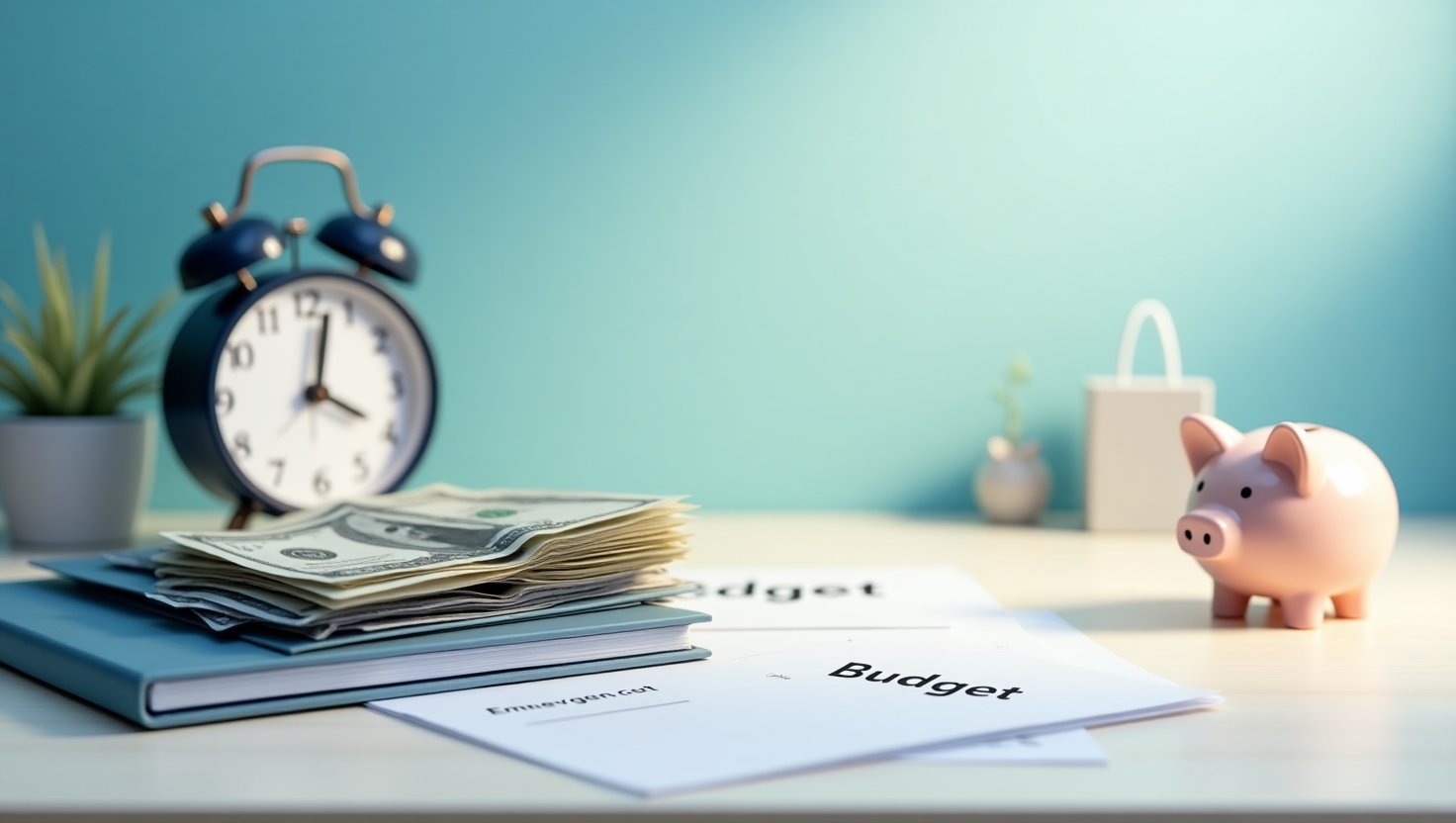
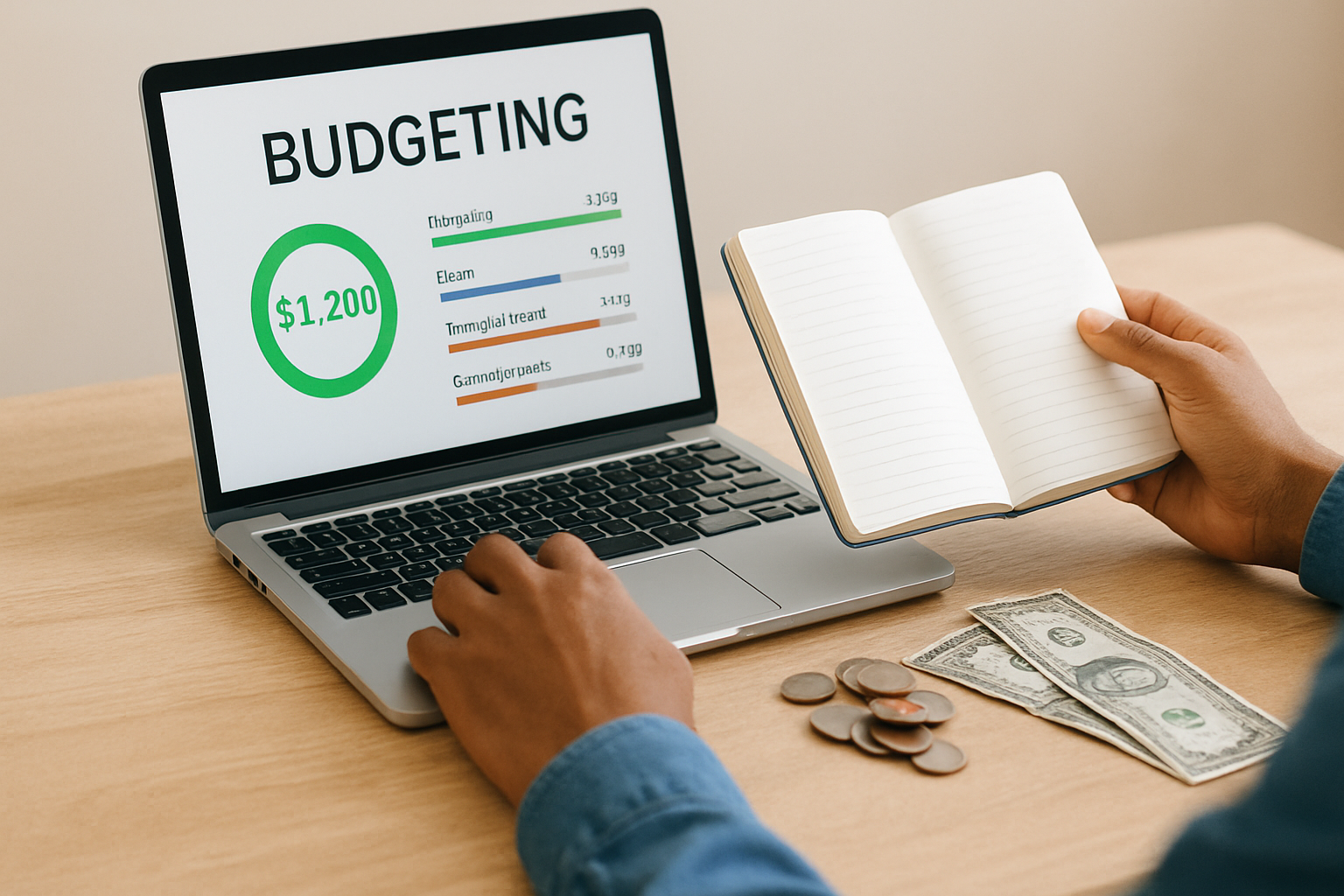
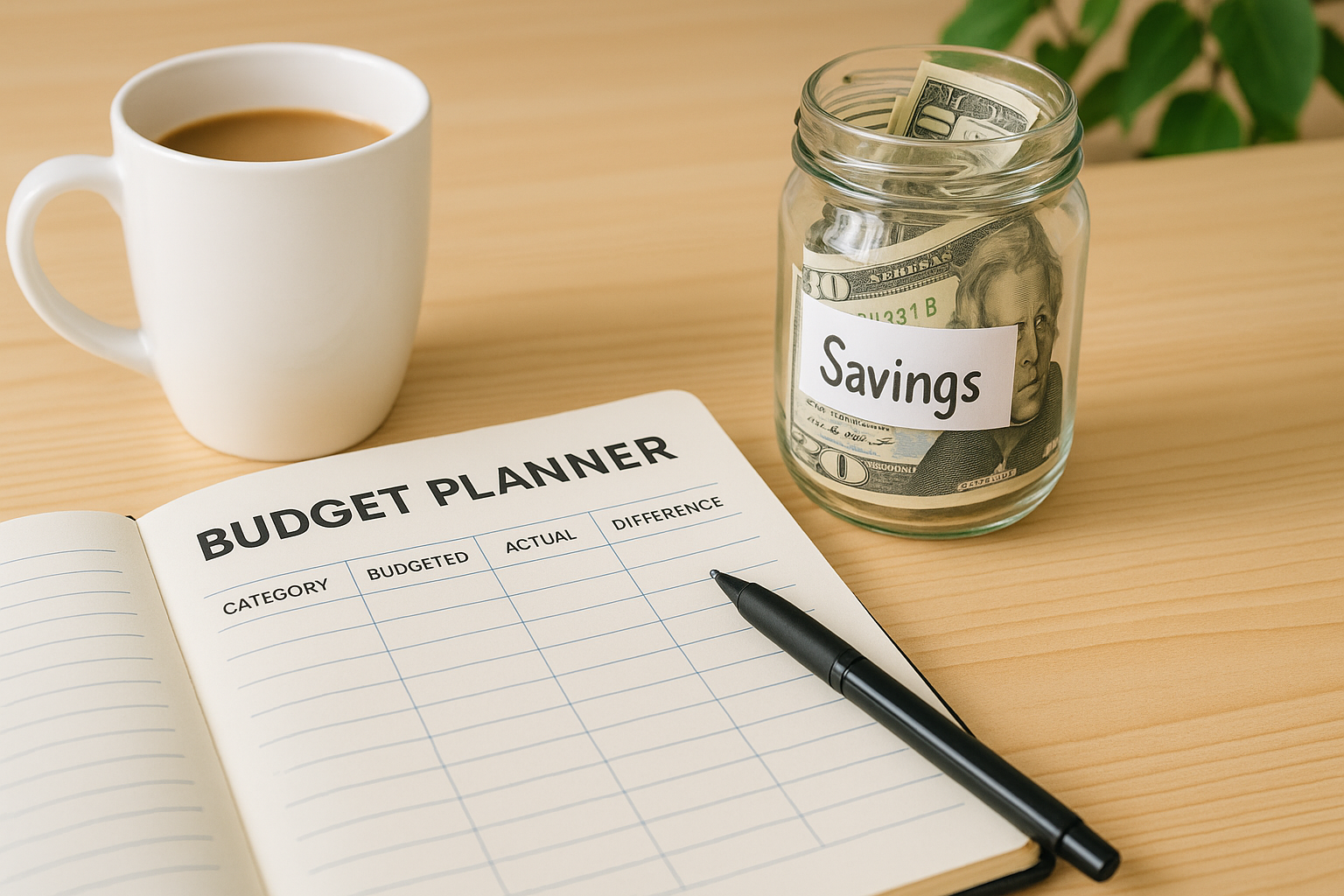
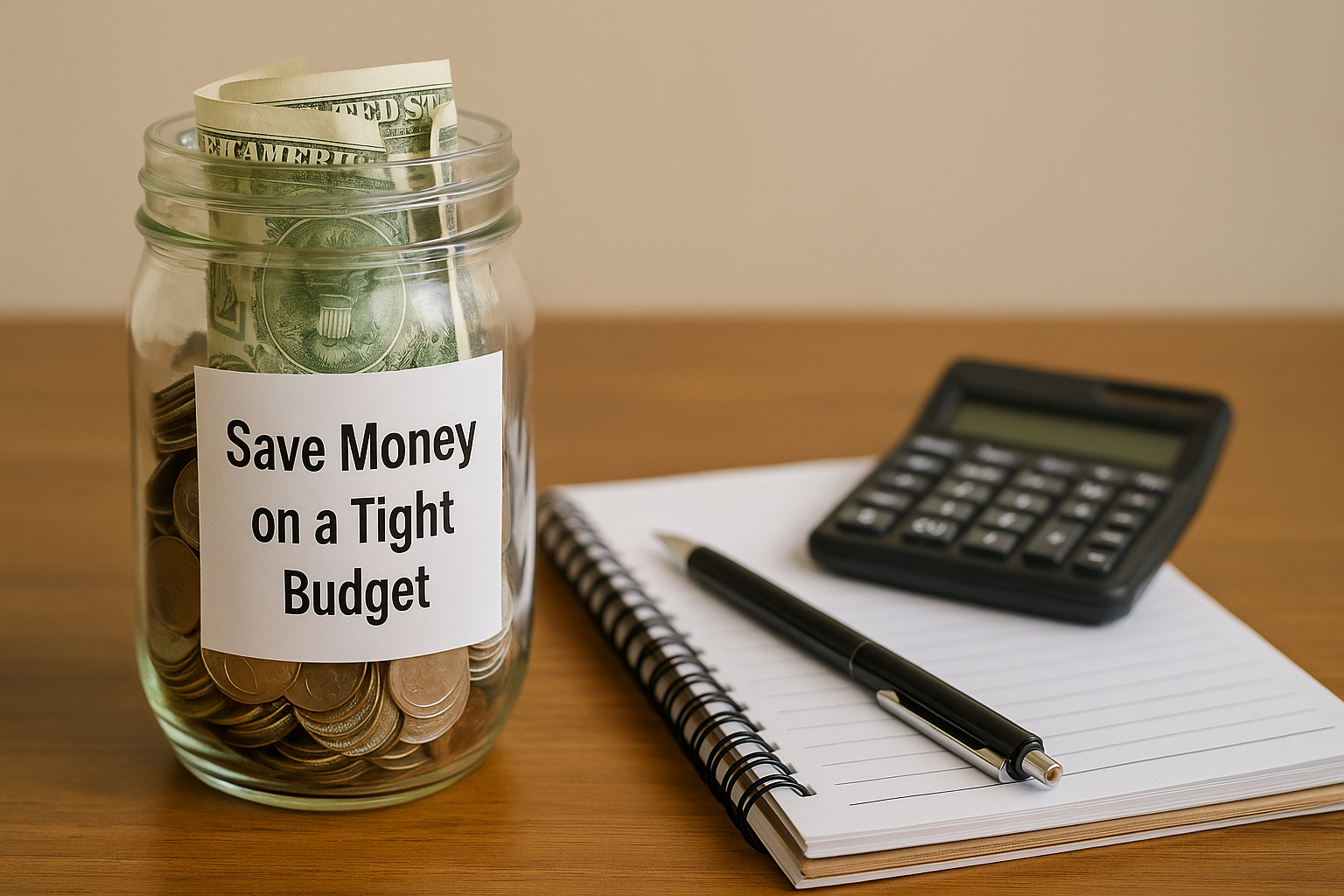
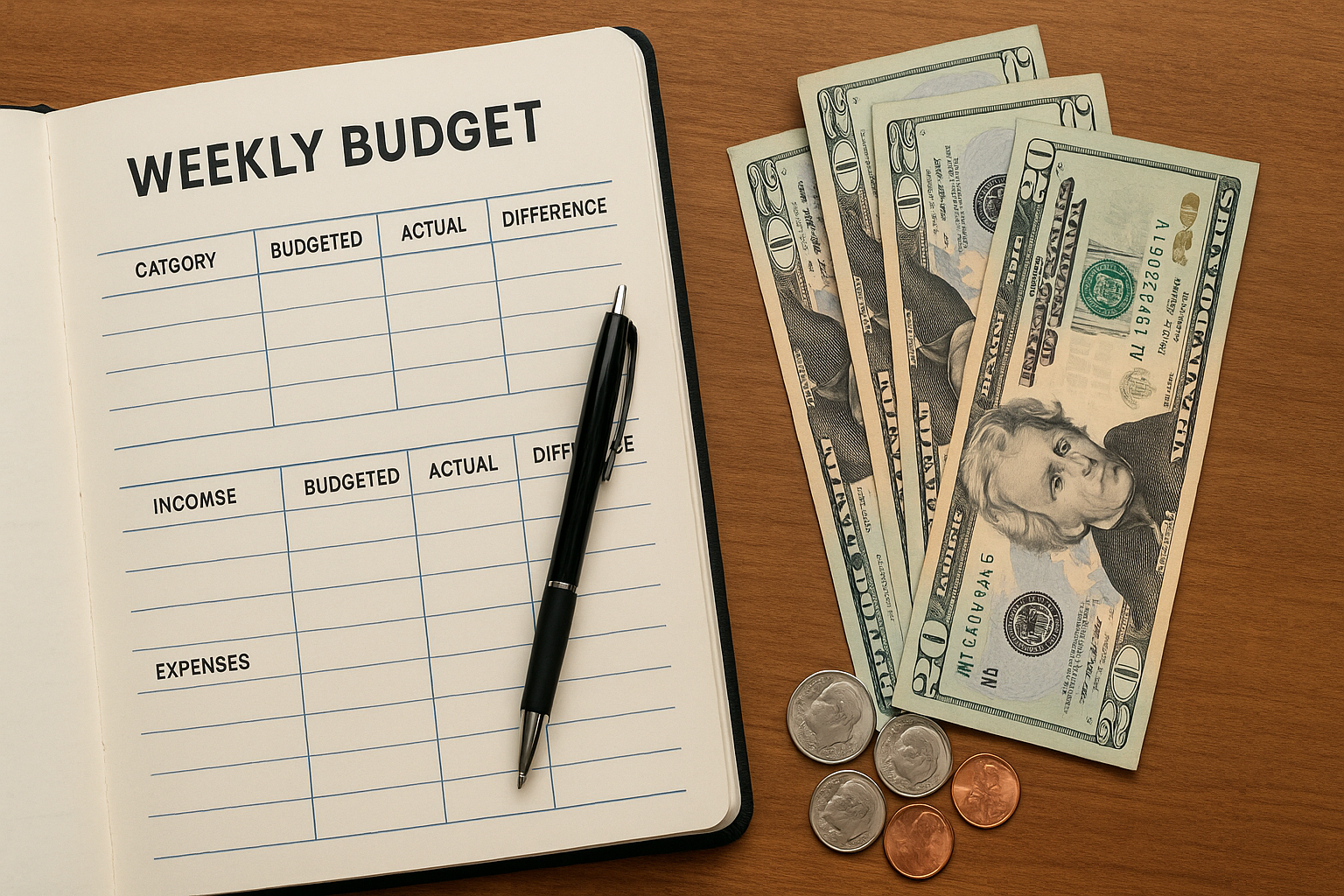
I do love the way you have presented this specific problem plus it does indeed give me personally a lot of fodder for consideration. On the other hand, from what precisely I have seen, I just simply hope when the comments pile on that men and women continue to be on issue and don’t get started on a soap box involving the news du jour. Yet, thank you for this superb point and while I can not go along with this in totality, I regard the standpoint.
I really like foregathering utile information , this post has got me even more info! .
Fantastic website. A lot of useful information here. I’m sending it to a few friends ans additionally sharing in delicious. And obviously, thanks on your effort!